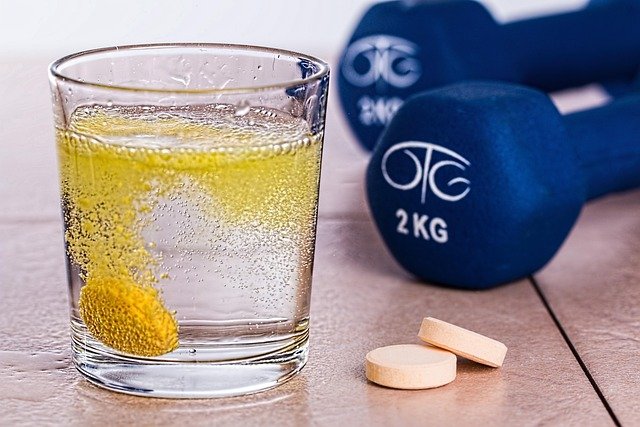Integrating Strength Sessions with Recovery Practices for Healthier Skin
Strength training and intentional recovery influence more than muscle and endurance; they also affect skin health through circulation, inflammation control, and systemic recovery processes. Integrating targeted mobility work, hydration, nutrition, and gentle skincare around strength sessions can support a resilient skin barrier and clearer complexion over time.

How does strength exercise affect skin?
Strength training increases blood flow and stimulates hormonal and immune responses that can influence the skin. Improved circulation helps deliver oxygen and nutrients to cells and supports waste removal, which can aid repair and a balanced complexion. However, intense workouts can transiently raise inflammation and sweat production; managing these responses with appropriate recovery routines helps prevent prolonged irritation, clogged pores, or barrier disruption. Framing strength as part of overall movement and endurance development encourages a steady progression that benefits both fitness and skin health.
What role does nutrition and hydration play?
Nutrition and hydration are foundational for skin repair and for maximizing the benefits of strength work. Protein supports tissue repair and collagen production, while a balance of healthy fats (omega-3s) and micronutrients (vitamin C, zinc) supports the skin barrier and immune function. Adequate hydration maintains skin elasticity and helps manage thermoregulation during exercise. Targeted supplements can be useful for specific deficiencies, but whole-food approaches are typically preferred. Tailoring intake around workouts—hydrating before and after sessions and eating a recovery meal with protein and carbohydrates—supports both muscle recovery and cellular processes in skin.
How to pair recovery and mobility with strength work?
Recovery practices like active mobility, foam rolling, and light movement sessions reduce stiffness and support circulation without taxing the system. Incorporating mobility drills before strength sessions can improve movement quality and reduce compensatory patterns that might increase inflammation. After training, low-intensity recovery — walking, stretching, or breathing work — promotes lymphatic flow and reduces muscle soreness. Scheduling dedicated recovery days and varying intensity across the week allows the body and skin to repair; consistent recovery routines help minimize chronic stress responses that can exacerbate skin sensitivity or barrier compromise.
How does sleep support skin barrier and repair?
Sleep is a critical recovery period when much of the body’s repair occurs, including skin regeneration. Deep sleep phases support growth hormone release and cellular turnover, and insufficient or fragmented sleep is linked to impaired barrier function, increased inflammation, and an altered stress response. Prioritizing consistent sleep routines and duration enhances the benefits of strength training by improving protein synthesis and inflammation control, which indirectly supports a healthier skin barrier and more robust recovery from both workouts and daily stressors.
Which skincare steps complement workouts?
A concise skincare routine around exercise can protect the barrier and reduce post-workout irritation. Pre-exercise cleansing is not always necessary, but removing heavy makeup before sweating helps prevent pore congestion. Post-workout, a gentle cleanse to remove sweat and debris, followed by hydration and barrier-supporting products such as ceramide or hyaluronic acid serums, helps restore moisture without stripping oils. Lightweight, non-comedogenic formulations are often preferable for active people. If using targeted serums for issues like dryness or sensitivity, apply them in calm recovery windows when the skin is less likely to be inflamed.
How to build sustainable routines that combine strength and skin care?
Designing a weekly plan that balances strength sessions, mobility work, nutrition, hydration, and sleep makes benefits easier to sustain. A sample pattern could include two to four strength workouts, two mobility or low-intensity recovery sessions, and at least one full rest day, paired with consistent hydration and protein-rich meals. Keep skincare routines simple around heavy training days: cleanse, rehydrate, and protect the barrier. Track how your skin responds to different intensities, supplements, and products, and adjust routines to reduce irritation while supporting endurance gains and recovery capacity.
This article is for informational purposes only and should not be considered medical advice. Please consult a qualified healthcare professional for personalized guidance and treatment.
In summary, combining structured strength training with intentional recovery practices creates conditions that support both muscular adaptation and healthier skin. Thoughtful nutrition, steady hydration, adequate sleep, mobility work, and a gentle skincare approach around workouts help maintain barrier function and reduce inflammation, enabling consistent progress in fitness and skin resilience.





